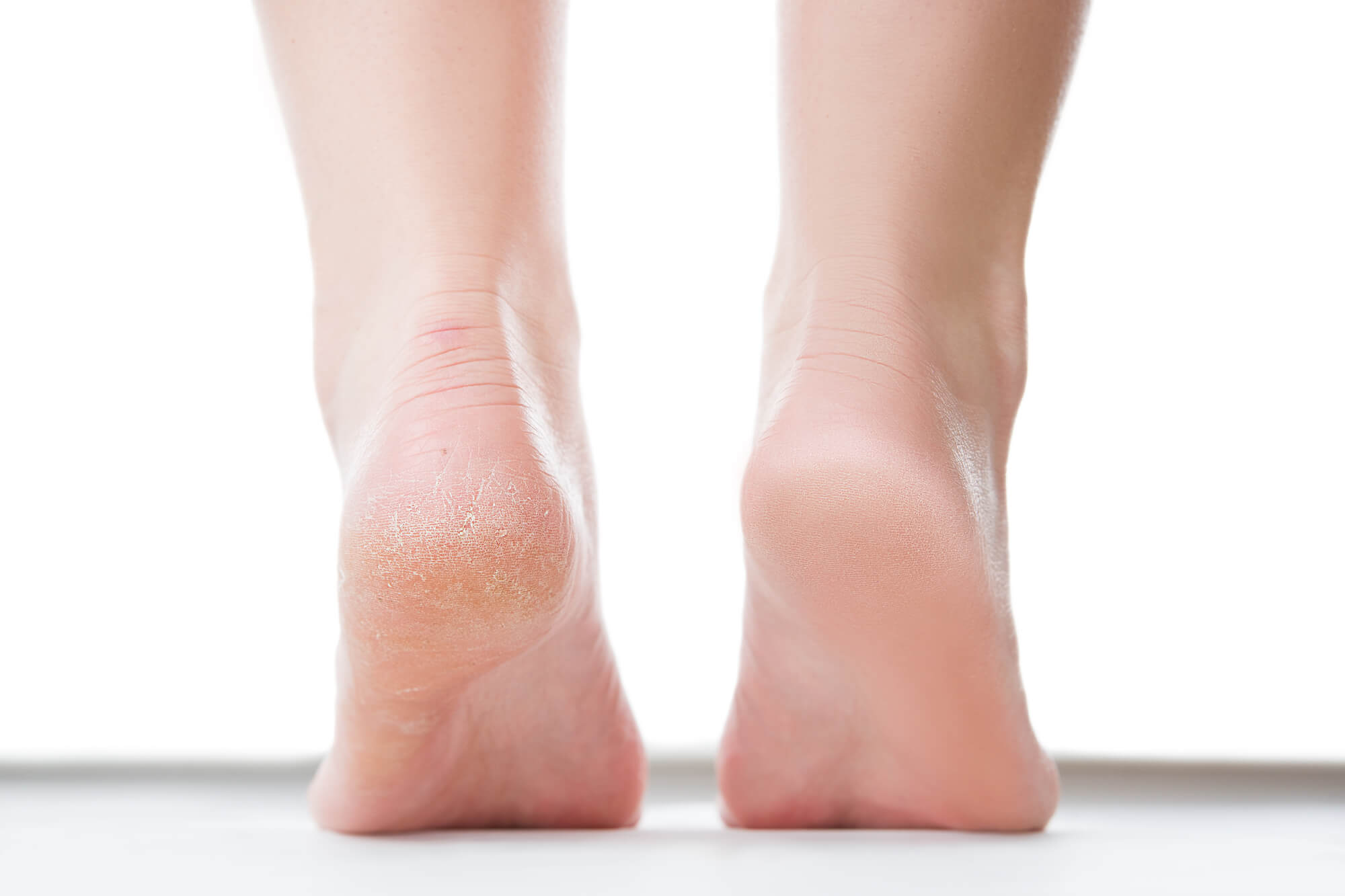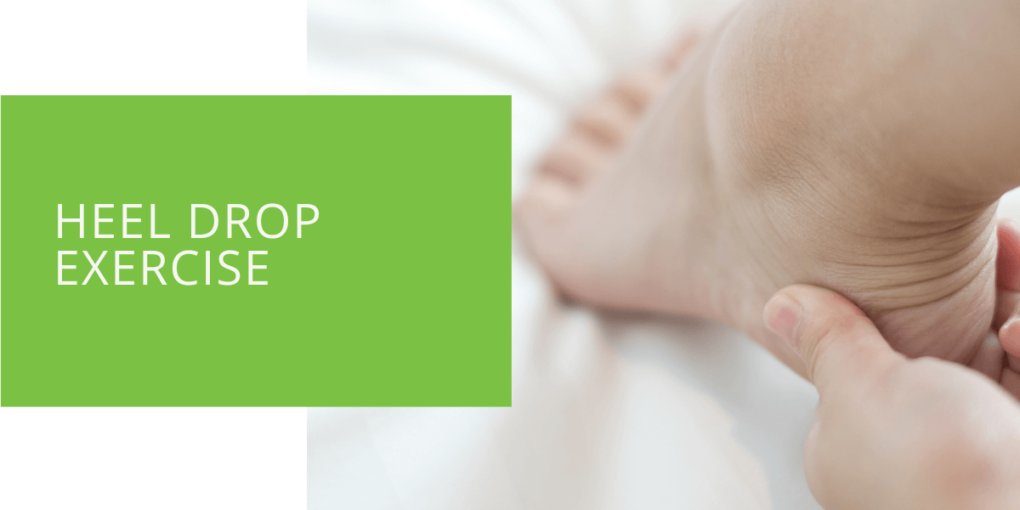Heel Drop Exercise: A Podiatrist’s Guide to Relieving Heel Pain
Heel pain can be a persistent and debilitating issue, affecting our daily lives and limiting our mobility. Finding effective solutions is crucial, whether caused by conditions like plantar fasciitis or Achilles tendinitis. As podiatrists, we understand the importance of targeted exercises in alleviating heel pain and promoting foot and ankle health. In this comprehensive guide, we'll dive into heel drop exercises, exploring their benefits, variations, and how they can be complemented with towel stretches. By the end, you'll have the knowledge and tools to take a significant step toward heel pain relief.
Key Takeaways
- When performed correctly, heel drop exercises can strengthen the Achilles tendon and calf muscles, improving foot and ankle stability and reducing heel pain.
- Combining heel drop exercises with towel stretches can enhance the benefits of stretching the plantar fascia, a common source of heel pain.
- To achieve optimal results, incorporate variations, rest, and toe/ankle engagement into your heel pain relief routine. Consult a podiatrist for personalized guidance.
Understanding Heel Pain
To effectively address heel pain, it's essential to comprehend the underlying causes. Conditions such as plantar fasciitis and Achilles tendinitis can lead to discomfort and restricted movement. The heel, a critical structure in foot mechanics, plays a pivotal role in these conditions. Understanding its anatomy and function is vital for podiatrists and patients alike.
Heel Drop Exercise Basics
How to Perform Heel Drops
Heel drop exercises are simple yet highly effective. Stand on an elevated surface like a stair or a sturdy platform, with your toes on the edge and your heels hanging off. Hold onto a support for balance if needed.
- Heel Lowering: Slowly lower your heels below the level of the step.
- Heel Raising: Rise onto your toes as high as possible.
- Repeat: Perform this motion for 10-15 repetitions, focusing on the controlled movement.
Benefits of Proper Form
Maintaining proper form during heel drops is crucial to avoid injury and ensure the exercise's effectiveness. Keep your knees straight, and engage your calf muscles as you rise onto your toes. Additionally, avoid rapid movements and focus on controlled, deliberate motions.
Benefits of Heel Drop Exercises
Strengthening the Achilles Tendon and Calf Muscles
Heel drop exercises target the Achilles tendon and calf muscles, helping to strengthen these essential structures. This increased strength not only aids in pain relief but also improves overall foot and ankle stability.
Enhancing Flexibility in the Foot and Ankle
Flexibility is key in preventing and treating heel pain. Heel drop exercises encourage the flexion of the foot and ankle, contributing to improved range of motion and reduced discomfort.
Incorporating Towel Stretches
While heel drop exercises are highly effective, combining them with towel stretches can enhance their benefits. Towel stretches focus on stretching the plantar fascia, a common source of heel pain.
How to Perform Towel Stretches
- Sit on the floor with one leg extended.
- Place a towel around the ball of your foot and gently pull it towards you.
- Lean forward slightly to feel a stretch along the bottom of your foot.
- Hold for 15-30 seconds and repeat 2-3 times on each foot.

Heel Drop Exercise Variations
To keep your patients engaged and make their routines more dynamic, introduce them to variations of the heel drop exercise.
Single-Leg Heel Drops
Perform the heel drop exercise on one foot at a time. This challenges the calf muscles and improves balance.
Calf Raises on a Chair
For a different angle and added challenge, perform calf raises with the front of your foot on a chair. This variation targets different areas of the calf muscles.
Toe and Ankle Engagement
During heel drop exercises, the engagement of the toes and ankle is often overlooked. However, these movements are crucial for overall foot health.
Exercises to Strengthen Toe and Ankle Muscles
Incorporate exercises that specifically target toe and ankle strength. This can include picking up small objects with your toes or using resistance bands for ankle exercises.
The Importance of Rest
While exercise is essential, rest is equally crucial in the journey to heel pain relief. Overuse injuries can occur if patients don't allow their bodies to recover adequately. Podiatrists should emphasize the significance of incorporating rest into their patients' routines.
Curling Towel Exercises
In addition to heel drop exercises and towel stretches, curling towel exercises can be beneficial in strengthening the foot's intrinsic muscles.
How to Perform Towel Curls
- Sit on the floor with your legs straight.
- Place a towel under your feet, and curl your toes to grab the towel.
- Repeat this motion ten times.
Conclusion
As podiatrists, we've witnessed the transformative effects of heel drop exercises, towel stretches, and related routines in our patients' lives. These exercises offer a holistic approach to addressing heel pain and promoting overall foot and ankle health. We encourage you to schedule an appointment with us to receive personalized guidance on incorporating these exercises into your daily routine. Take that important step towards a pain-free, healthier future for your feet and ankles. Your comfort and mobility matter to us, and we're here to help you every step of the way.

